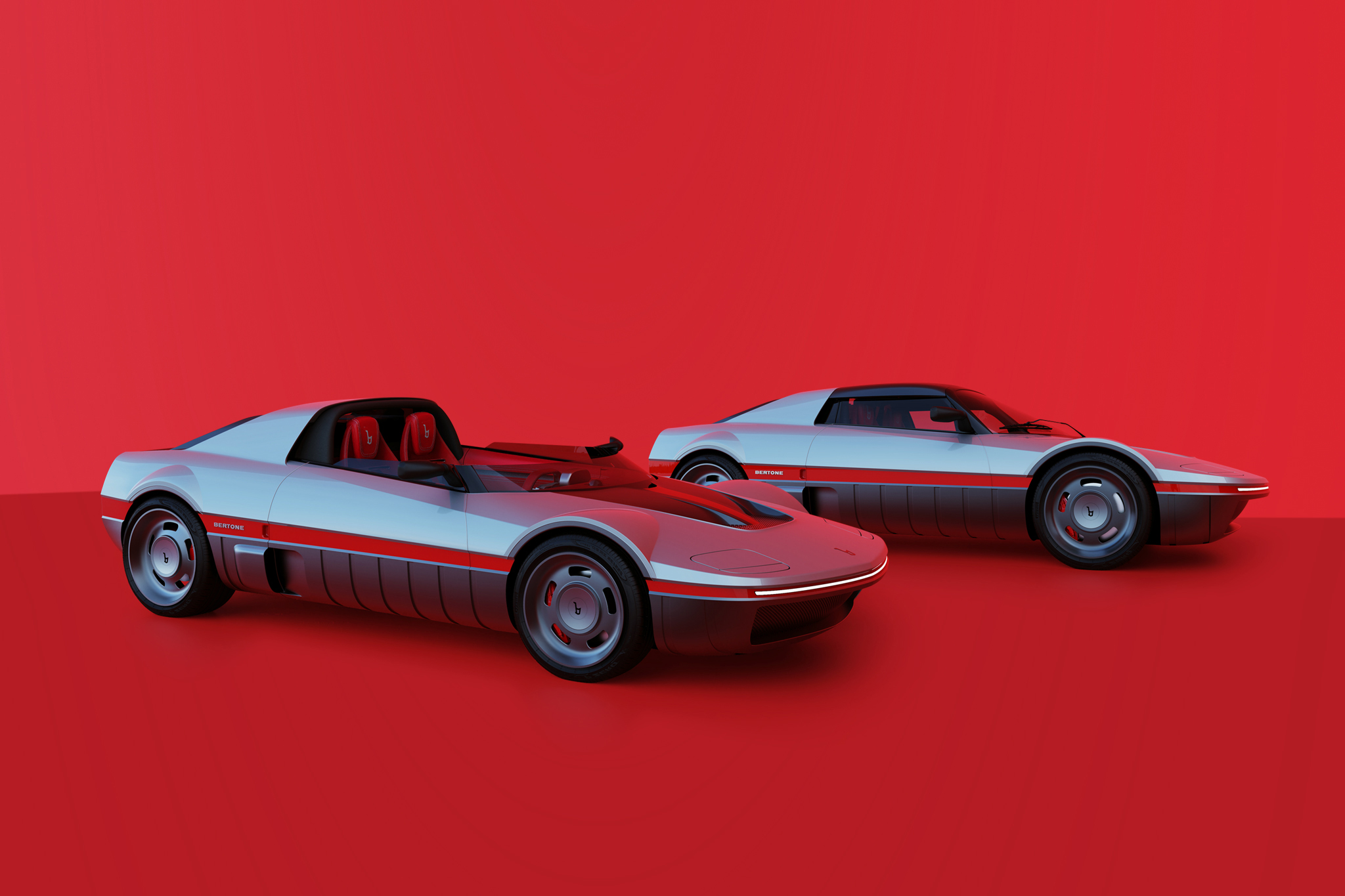Aston Martin Virage 6.3 Litre
Aston Martin Works has long been known among brand connoisseurs for excellent work on classic Aston Martin models. It emerged from the Customer Service Division. Since 2007, the Works department has been based at the former production site in Newport Pagnell, where around 13,000 cars were built by hand before production moved to Gaydon. Currently, the company is celebrating the 30th anniversary of a special conversion. Starting in 1992, they offered a conversion that is one of the most famous and sought-after in the company’s history. It was based on the Virage, introduced in 1989, which was the brand’s first all-new model in a good 20 years. Parallel to the debut of this production car, Aston Martin also returned to the race track after a long break. There, the AMR1 took part in the Group C Sports Car World Championship. Behind the driver was a power unit derived from the production V8 engine.
From 330 to 500 hp
The original 5.3-liter engine quickly grew to six and then 6.3 liters in the race car. Aston Martin wanted to share this increase with its production car customers. However, the financial resources weren’t sufficient to launch a separate model variant. Instead, a conversion kit was available, initially under the table, which could be carried out at the factory in the Customer Service Division. This was also in keeping with the “more is more” spirit of the time. From the original 5.3-liter V8, the Virage developed 330 hp and 475 Nm of torque. Not a bad figure for the early 1990s. However, expandable, as the conversion kit showed. This boosted output to 500 hp and 651 Nm. 542 Nm – a good deal more than in the production car – were already available from 2,500 rpm. Together with Cosworth, they developed a four-valve cylinder head with new intake camshafts, racing pistons and a forged crankshaft.


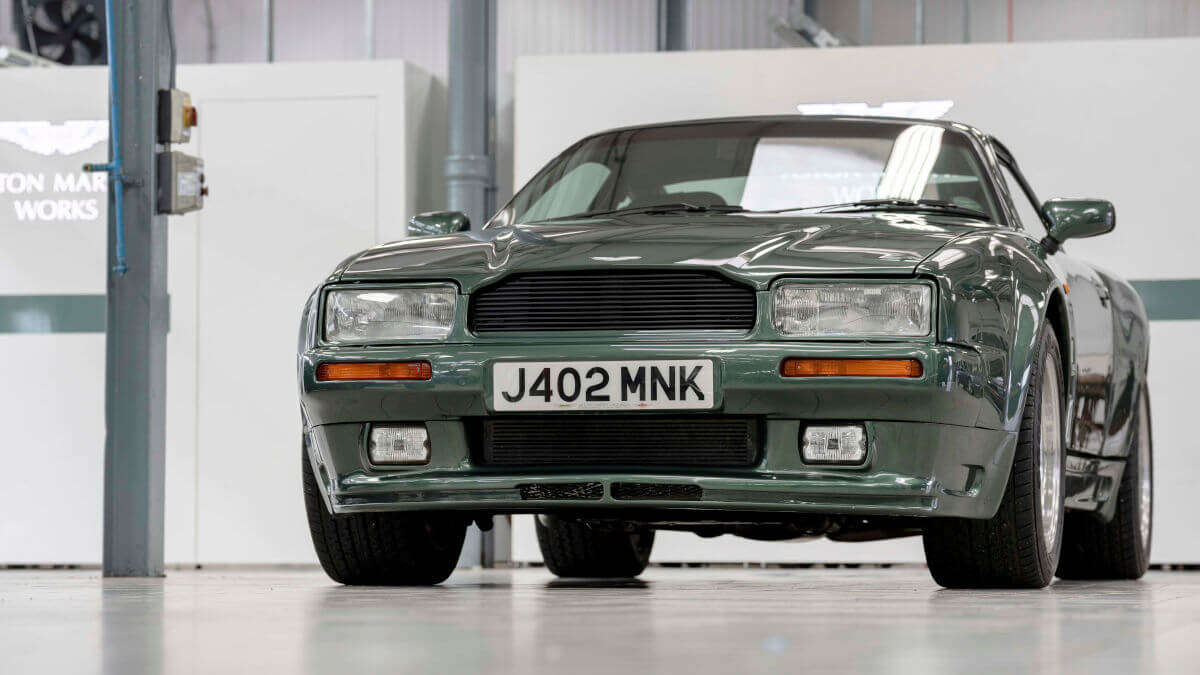

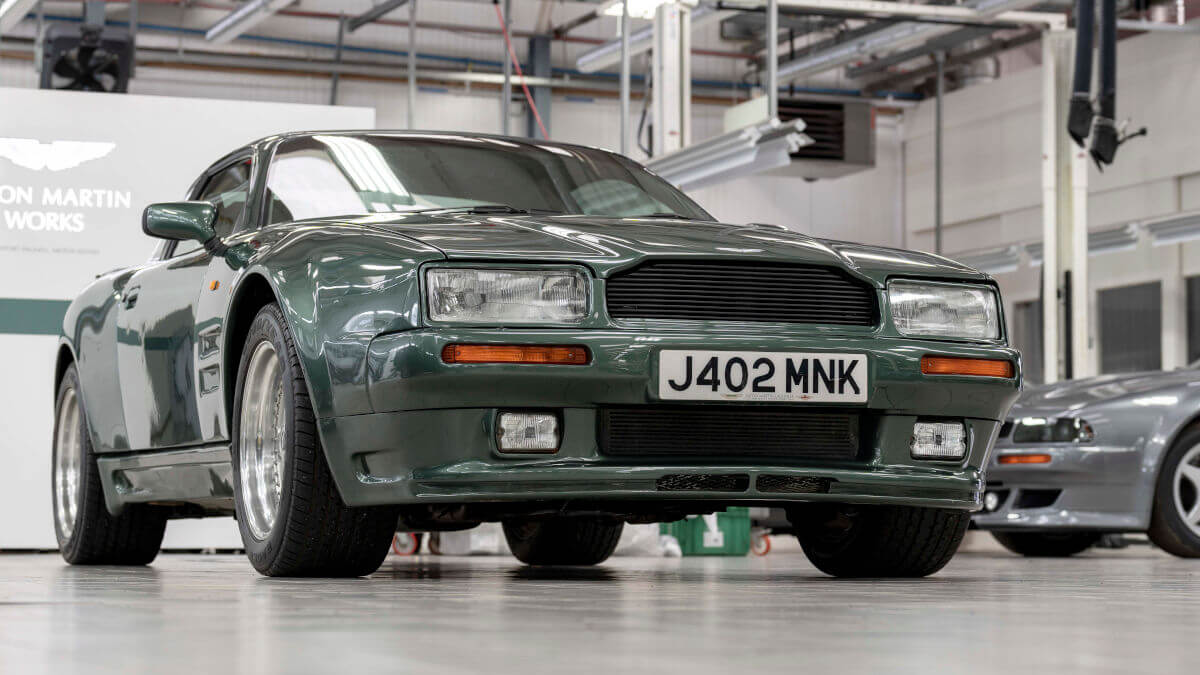

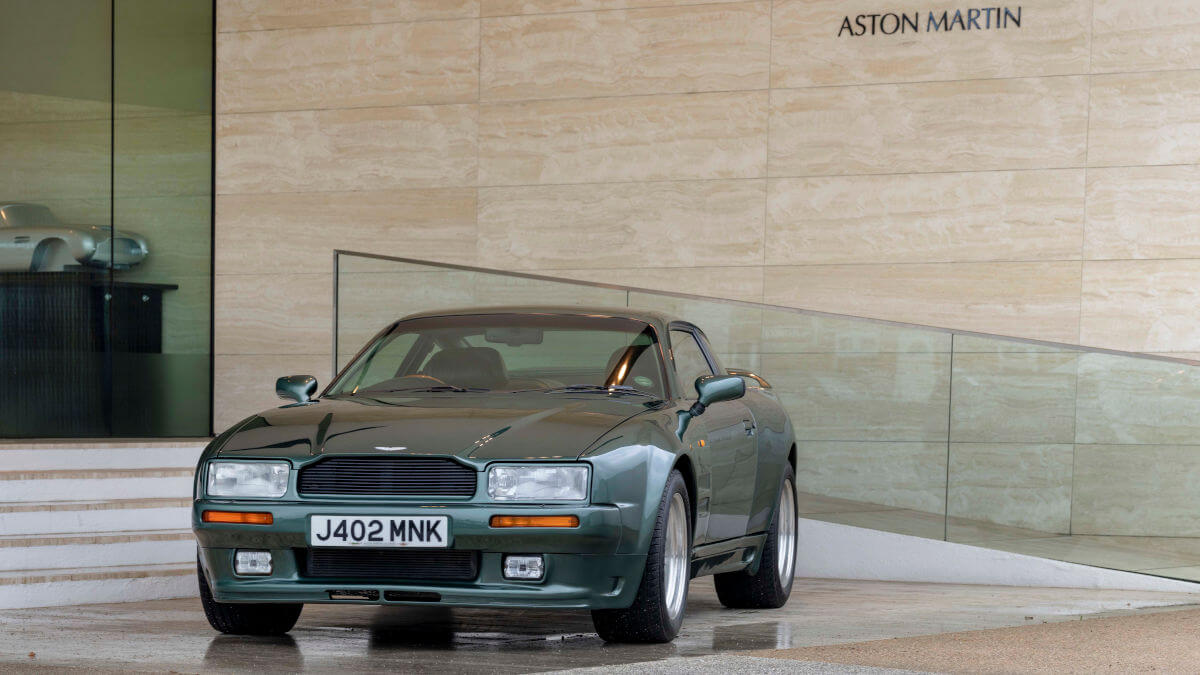

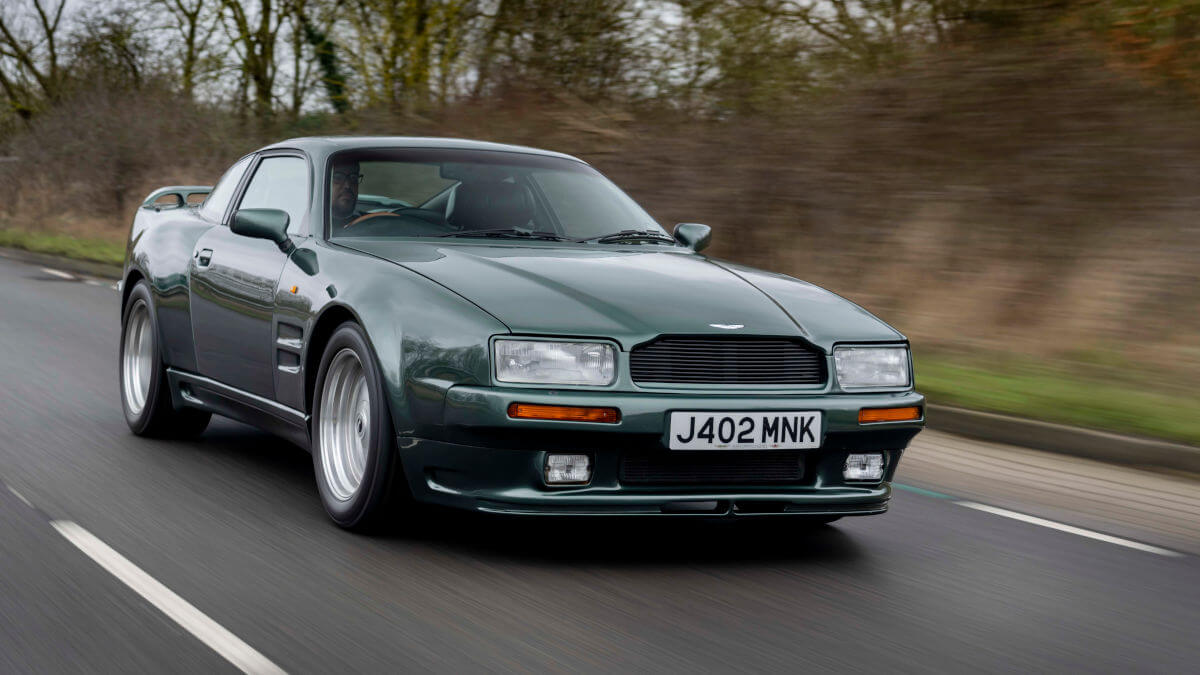

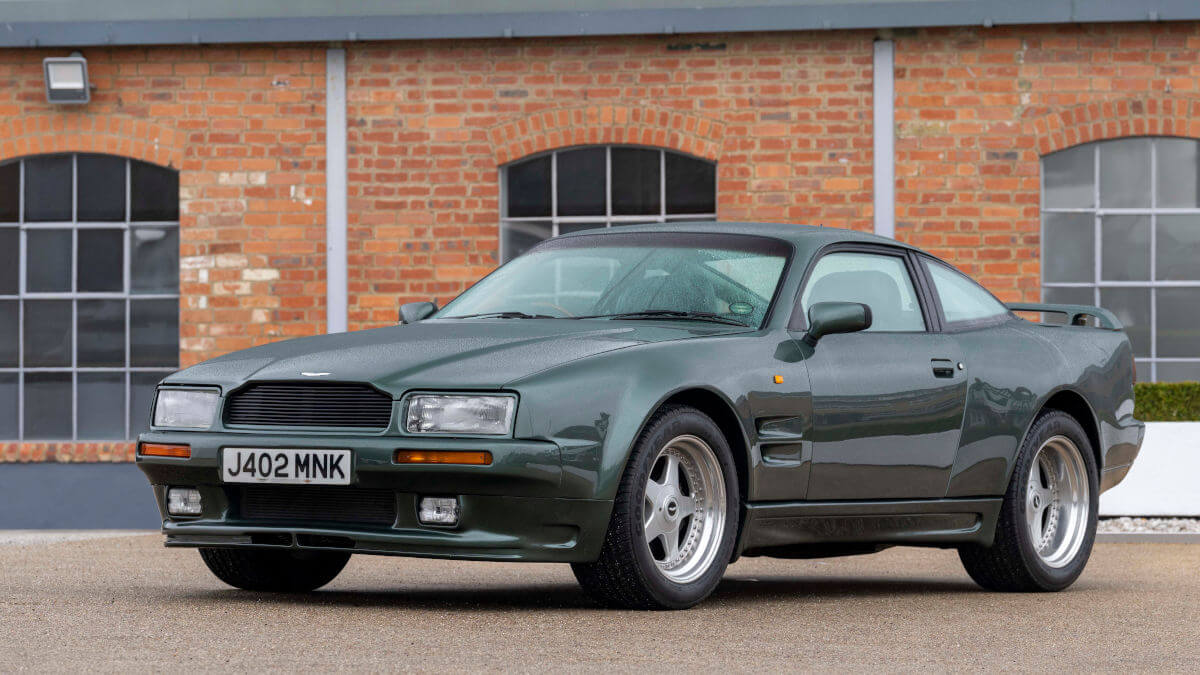

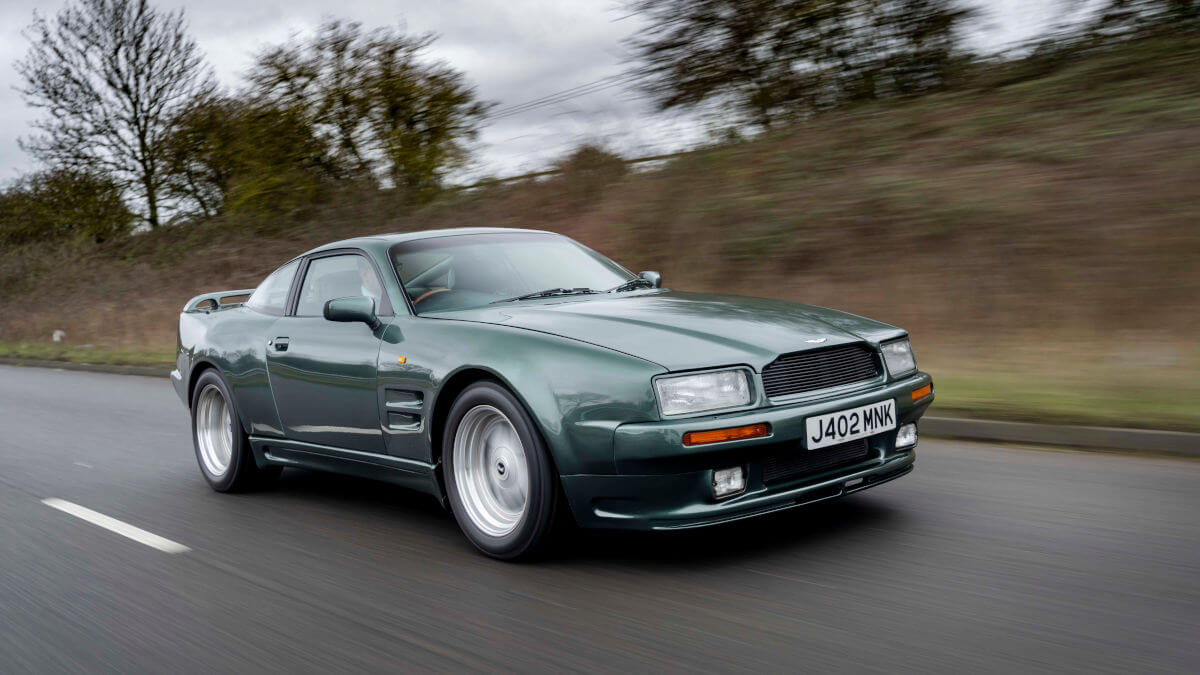



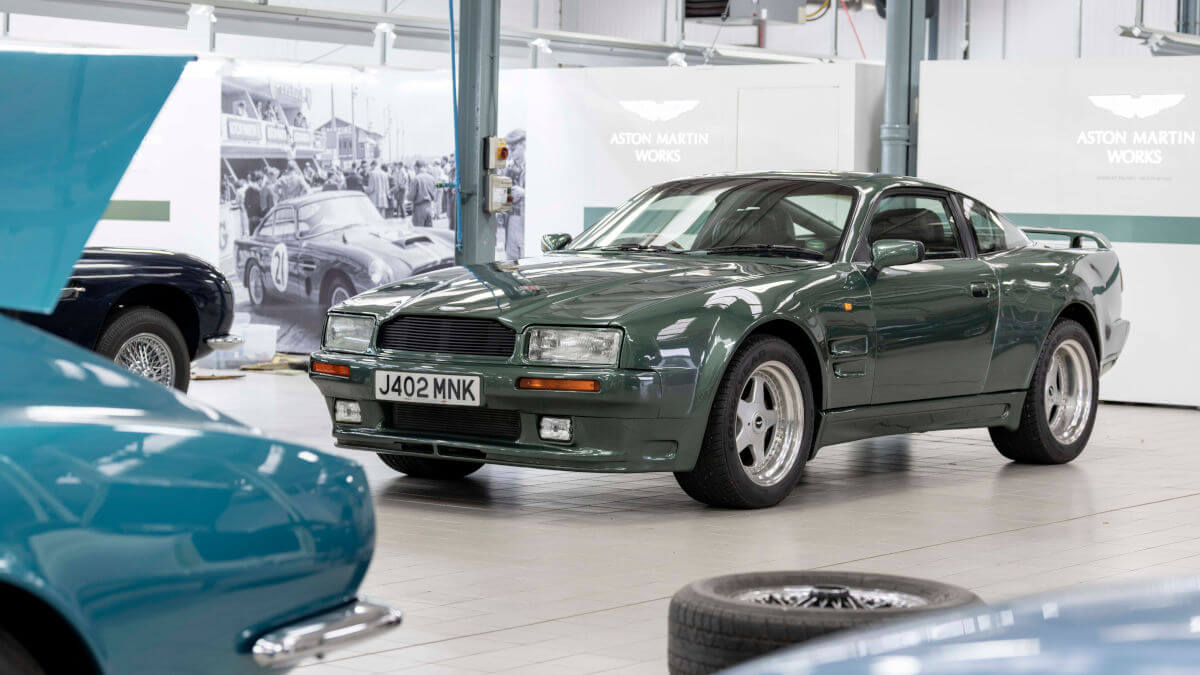

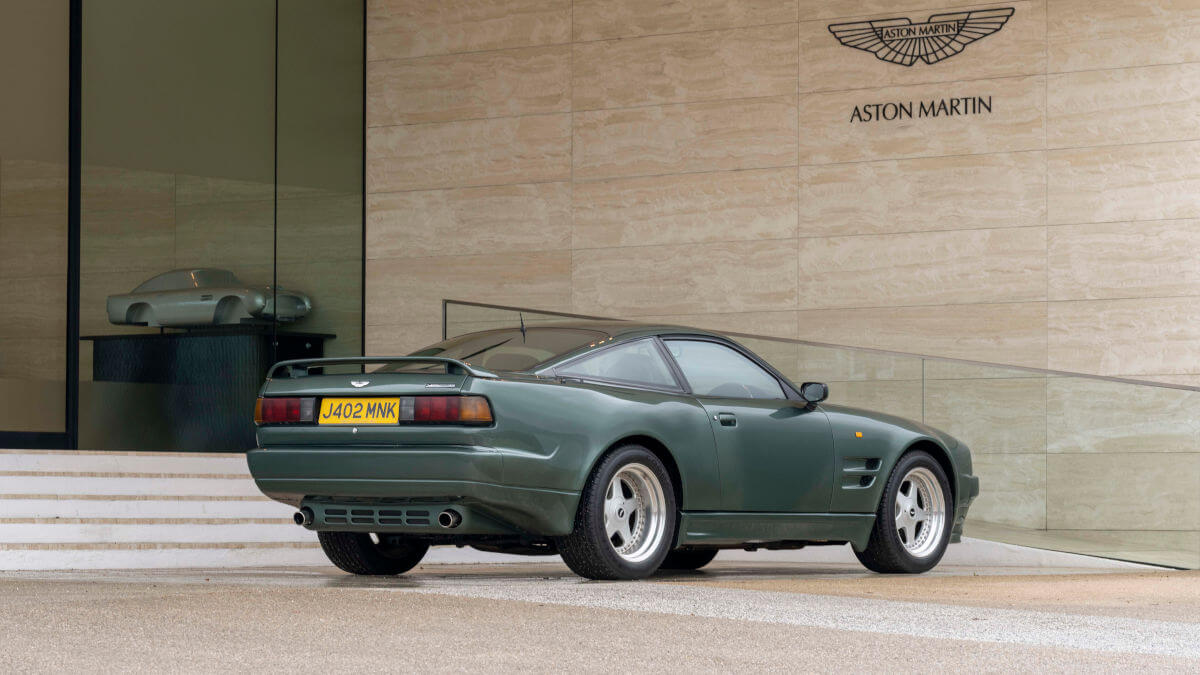

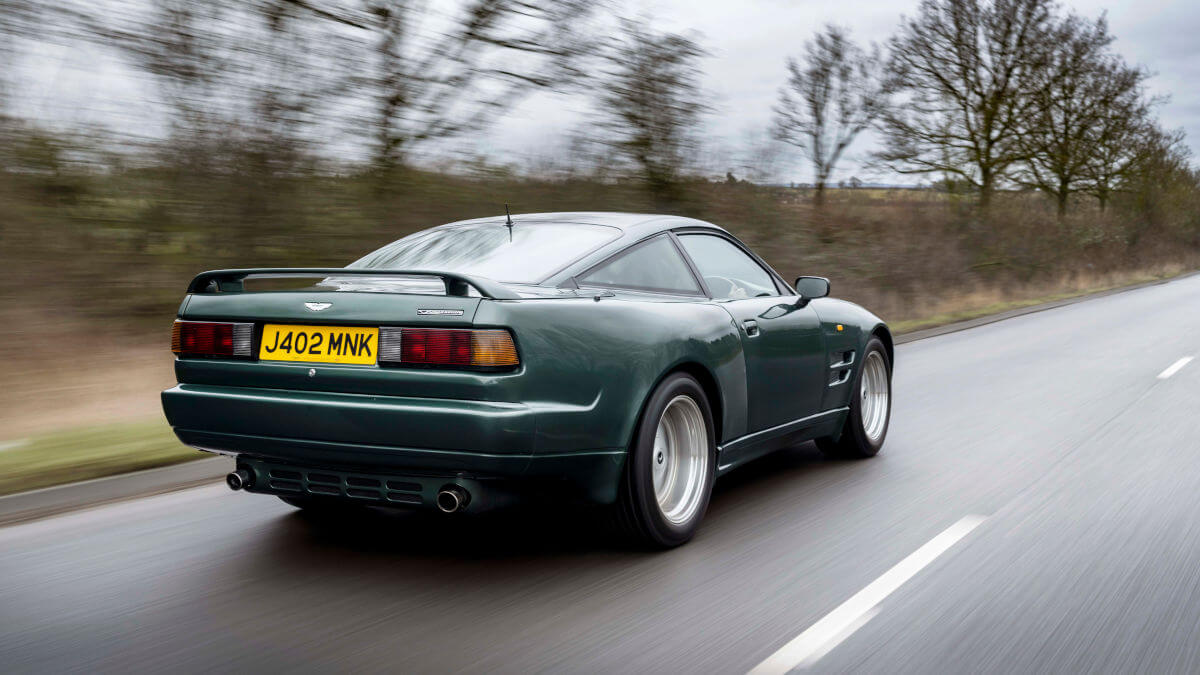

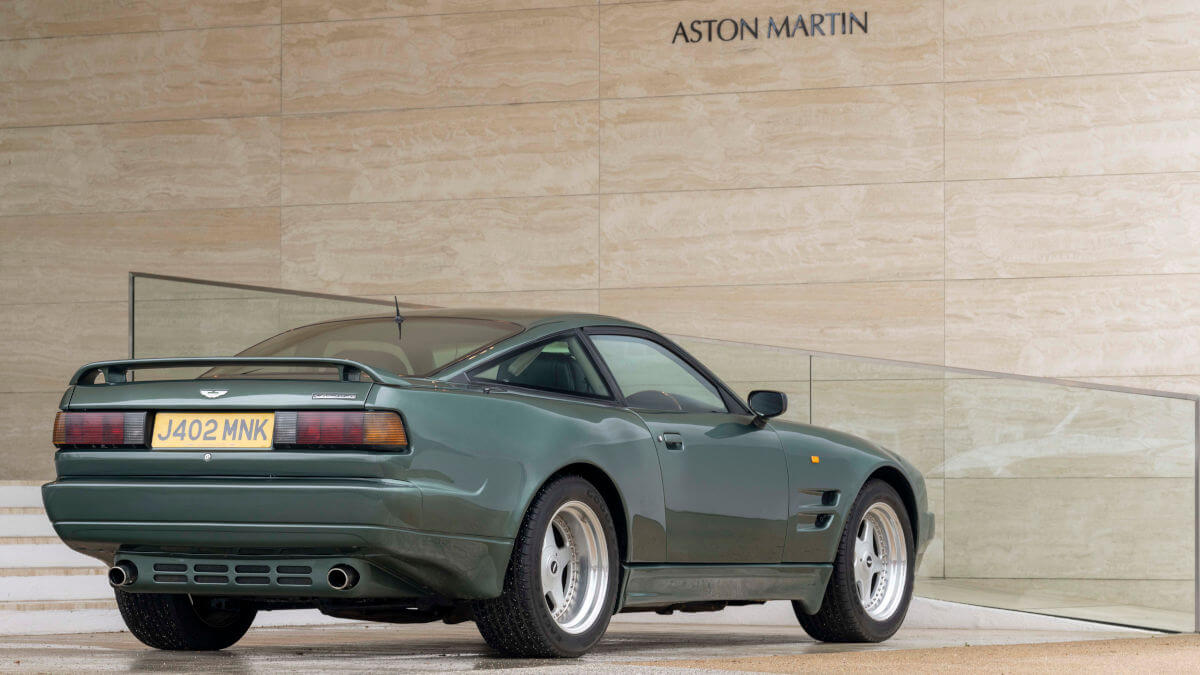

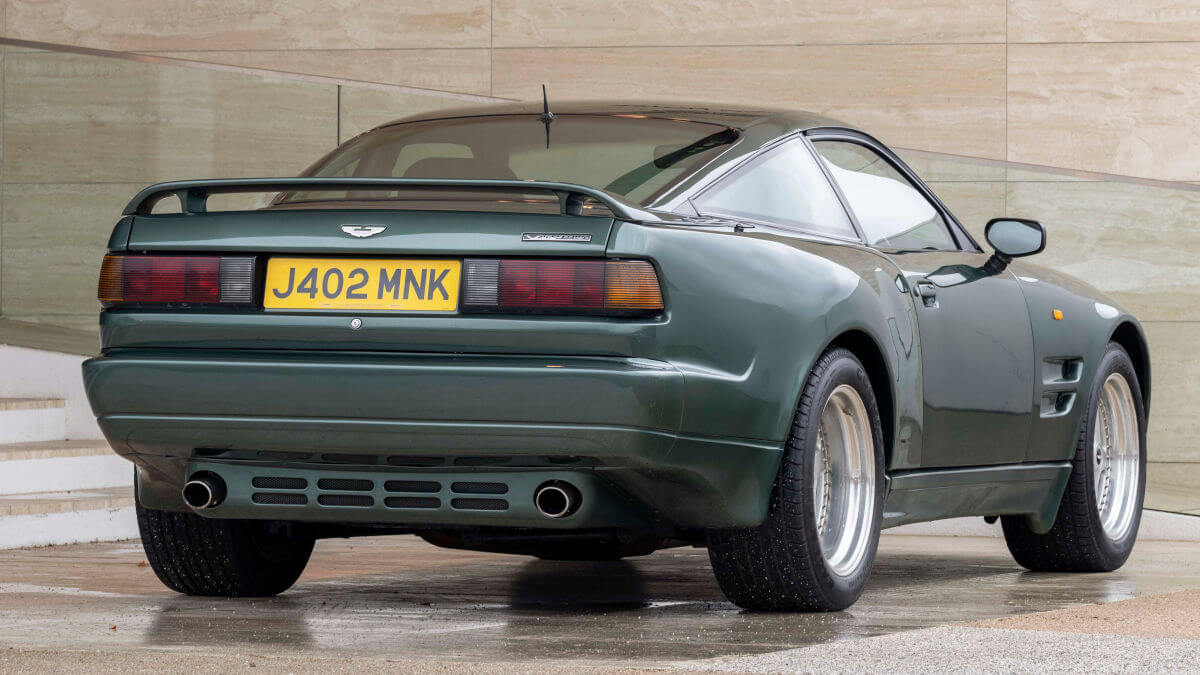

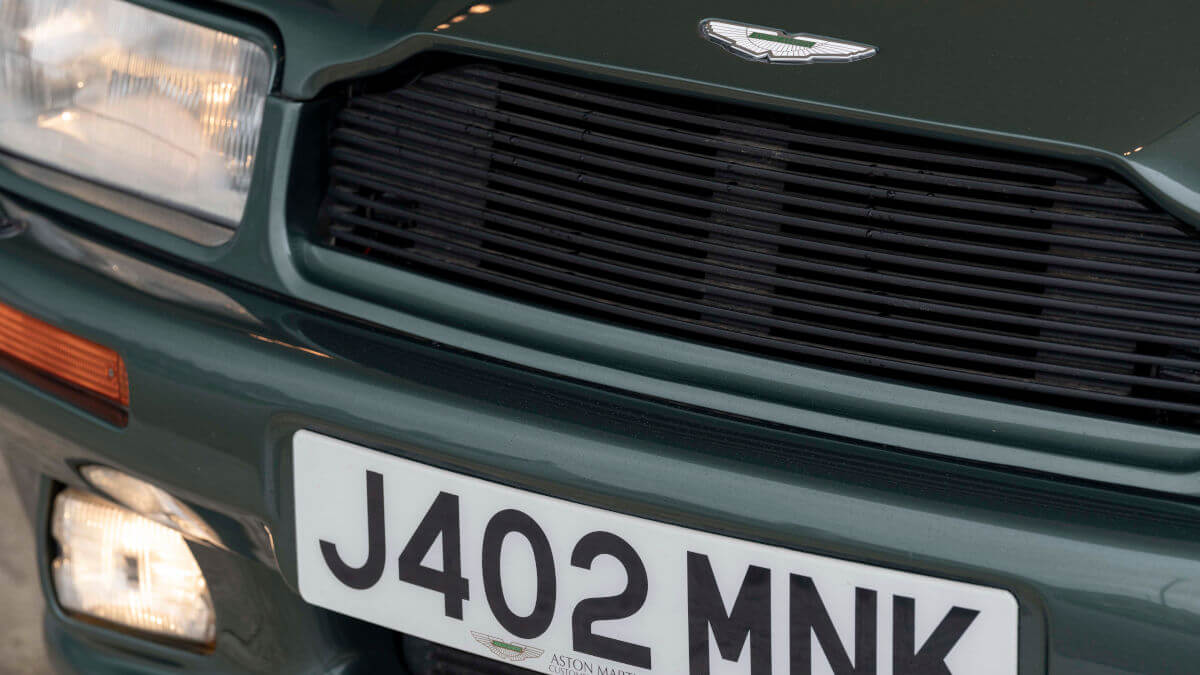

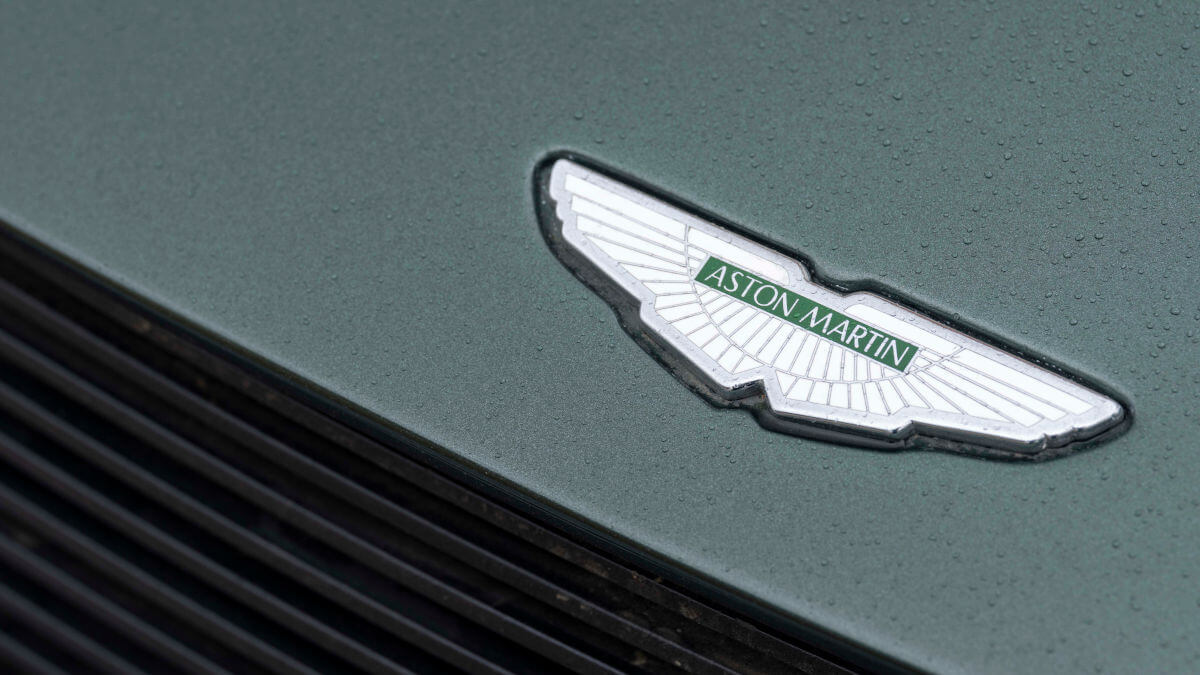

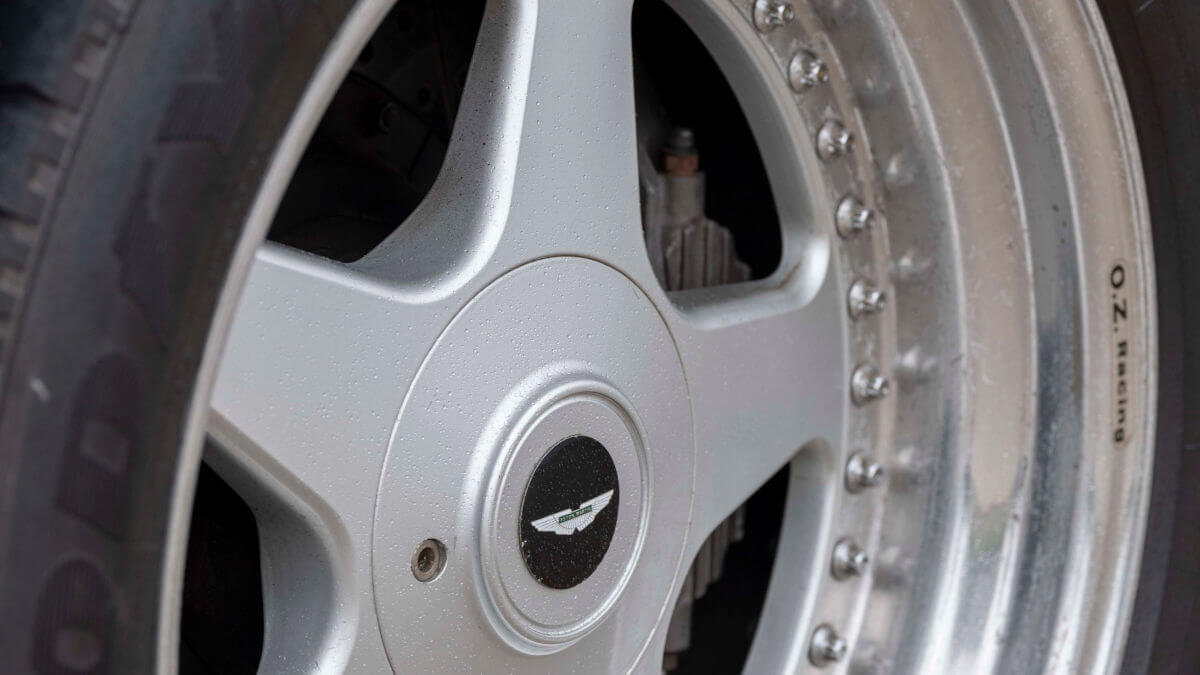

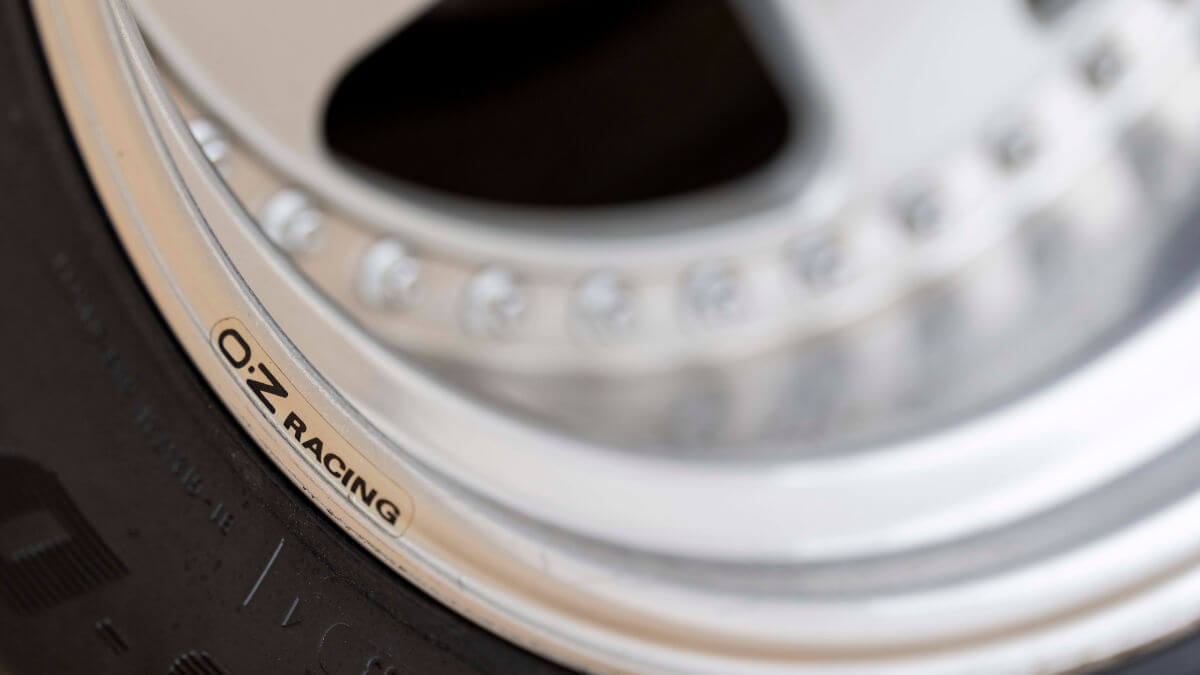

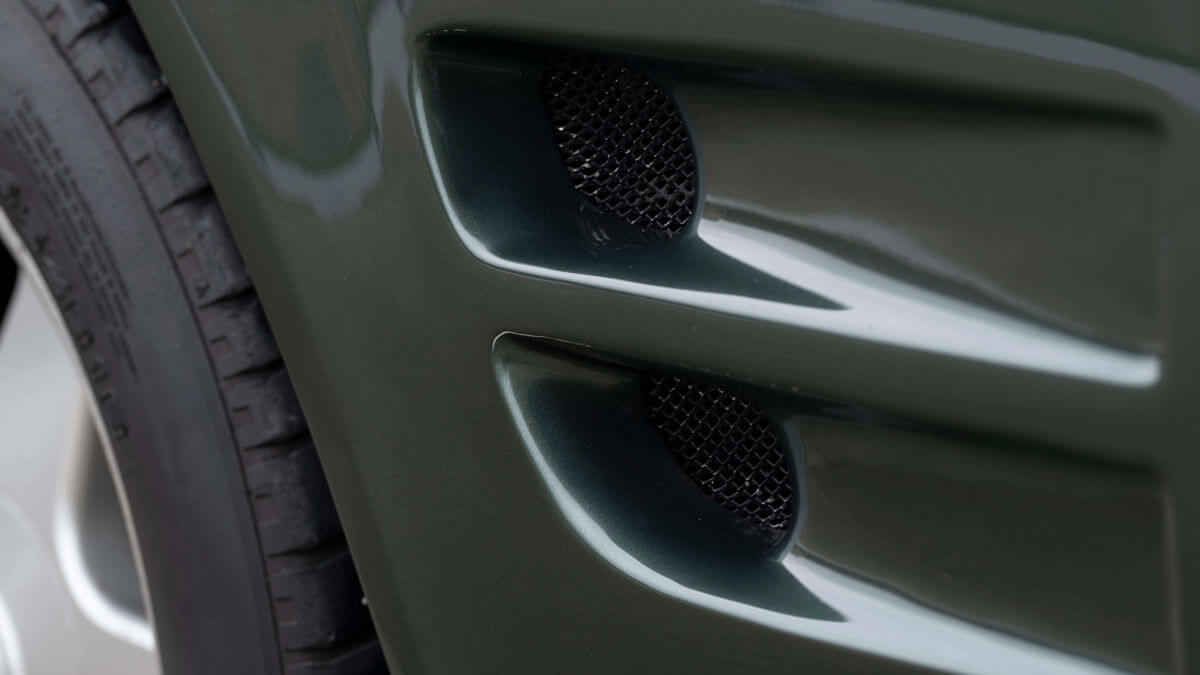

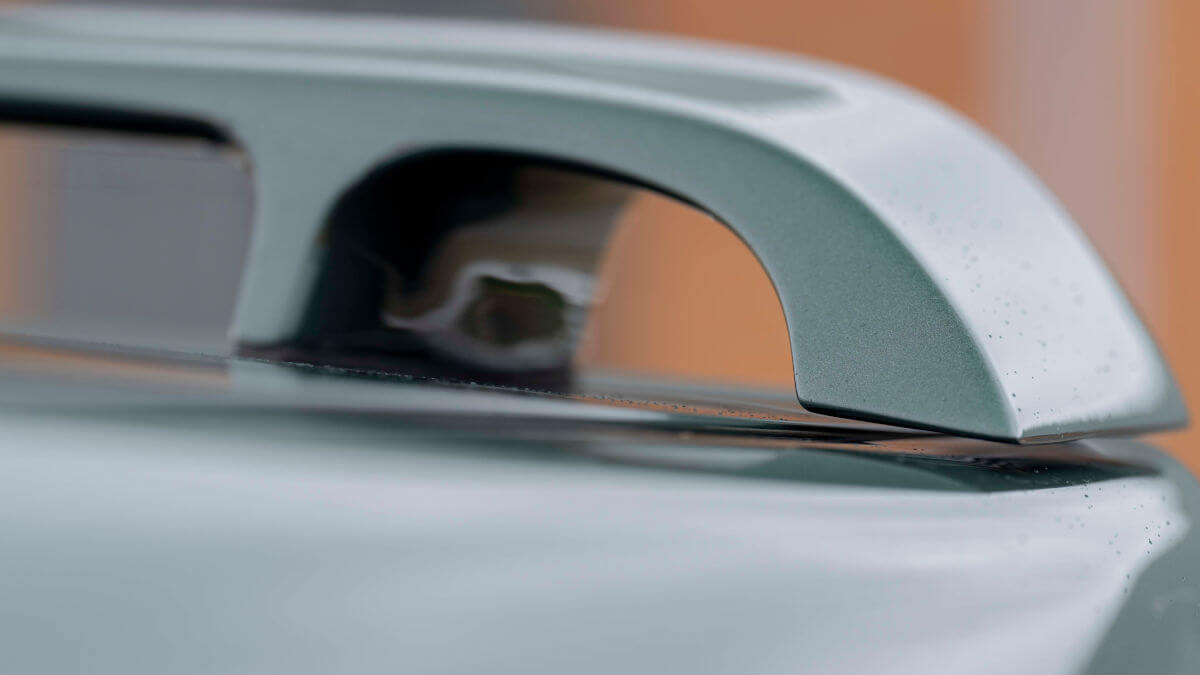

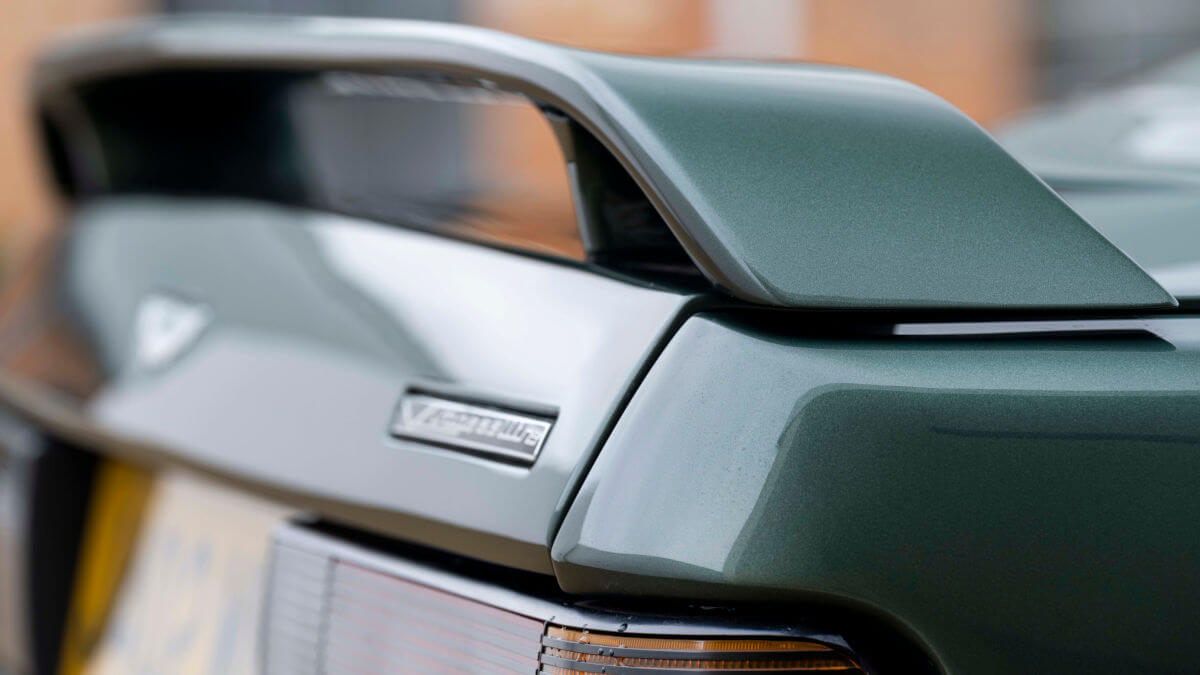

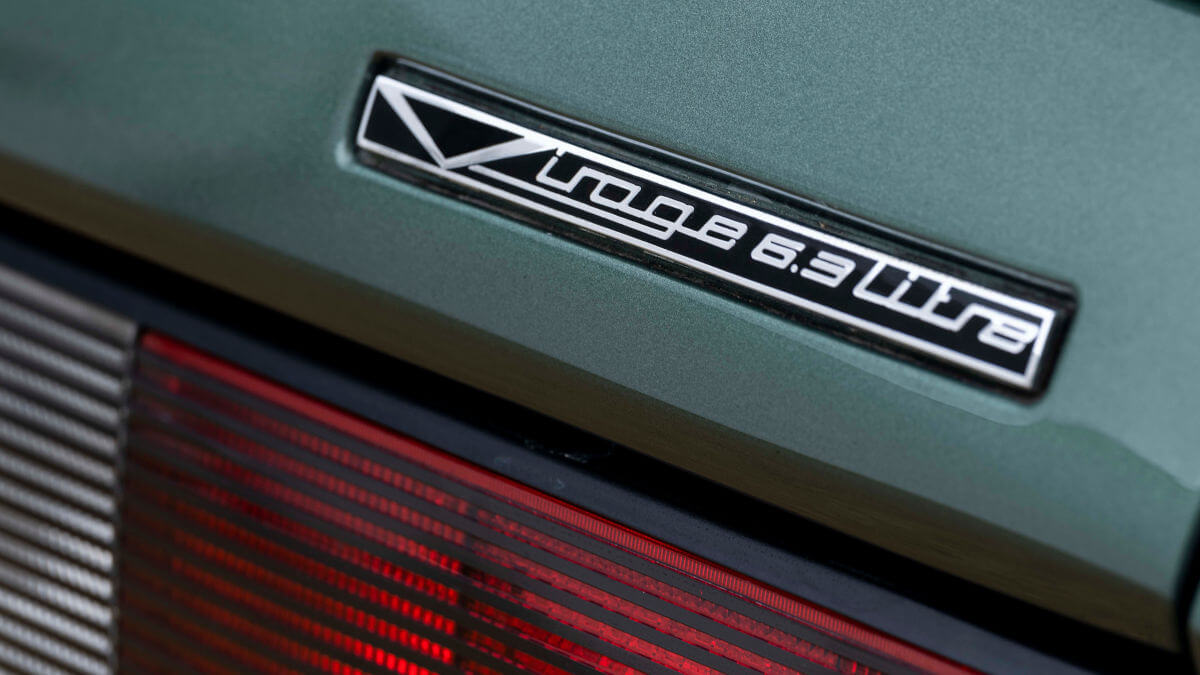

Grand Tourer with plenty of power
The technical specifications of the 6.3-liter engine elevated the Aston Martin Virage into the world of the sports car elite of the time. However, at the heart of its design, the car remained an old-school grand tourer. This is particularly evident when looking at the dimensions and weight. The Virage stretched to 4,737 millimeters in length, was just under two meters wide and weighed a full 1,969 kilograms. Nevertheless, the massive engine power pushed the car from a standstill to 62 mph in 5.1 seconds. Aston Martin promised 174 mph as the topspeed. To match the enlarged engine, the rebuilt cars also received upgrades to the suspension and brakes, as well as a few visual touch-ups. Stiffer springs and dampers as well as larger anti-roll bars helped the Virage to better handling. Behind the 18-inch five-spoke rims from OZ Racing were internally ventilated and perforated brake discs with ABS.
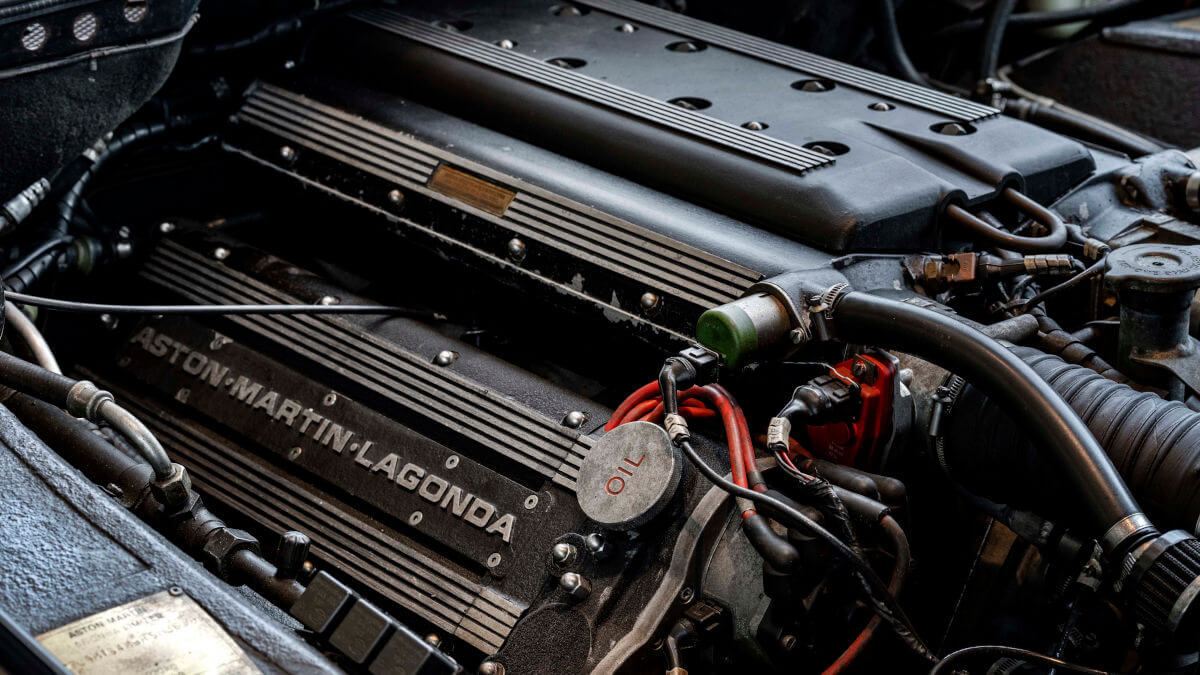

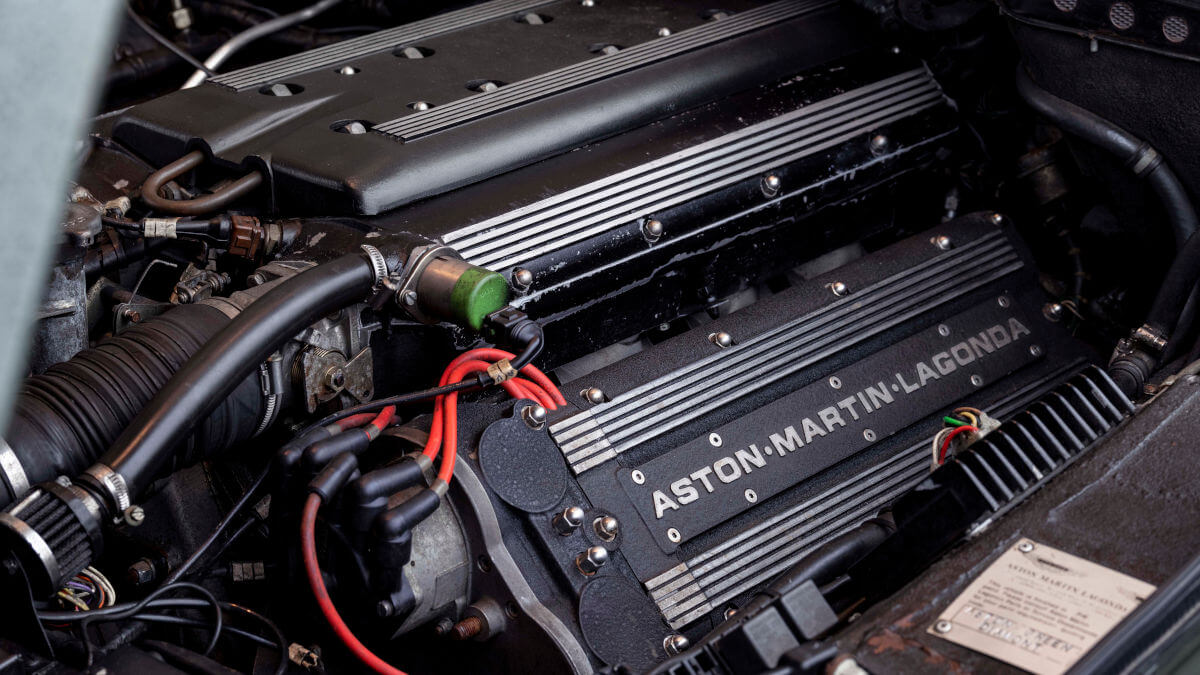

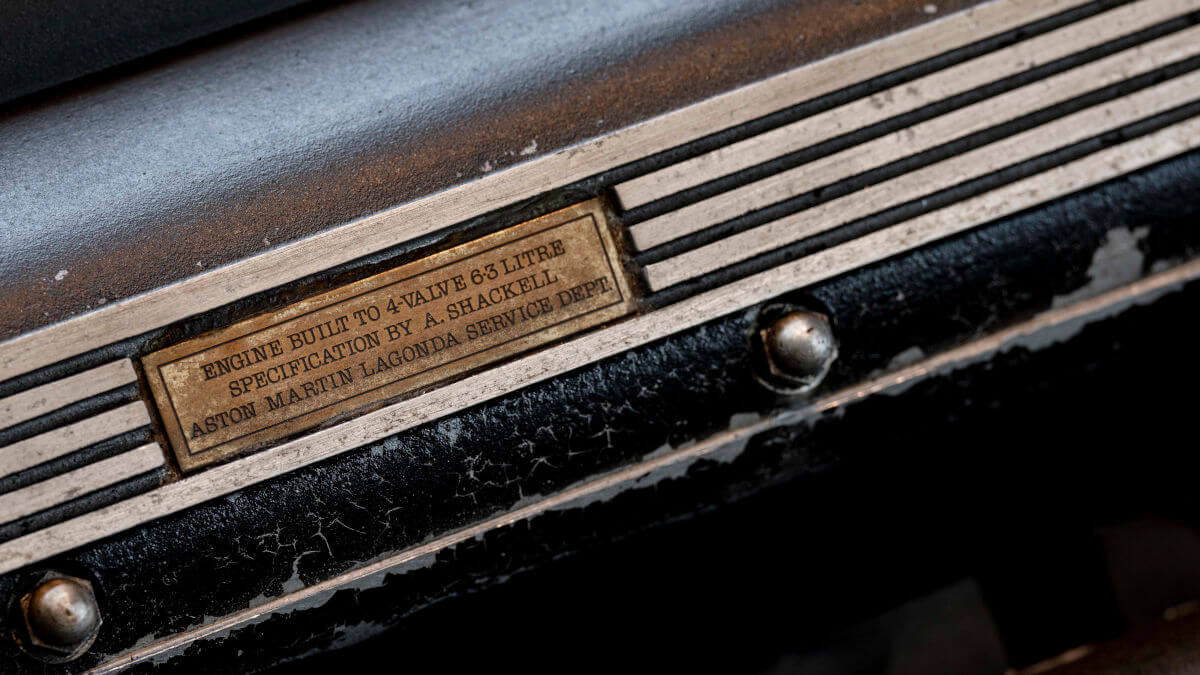

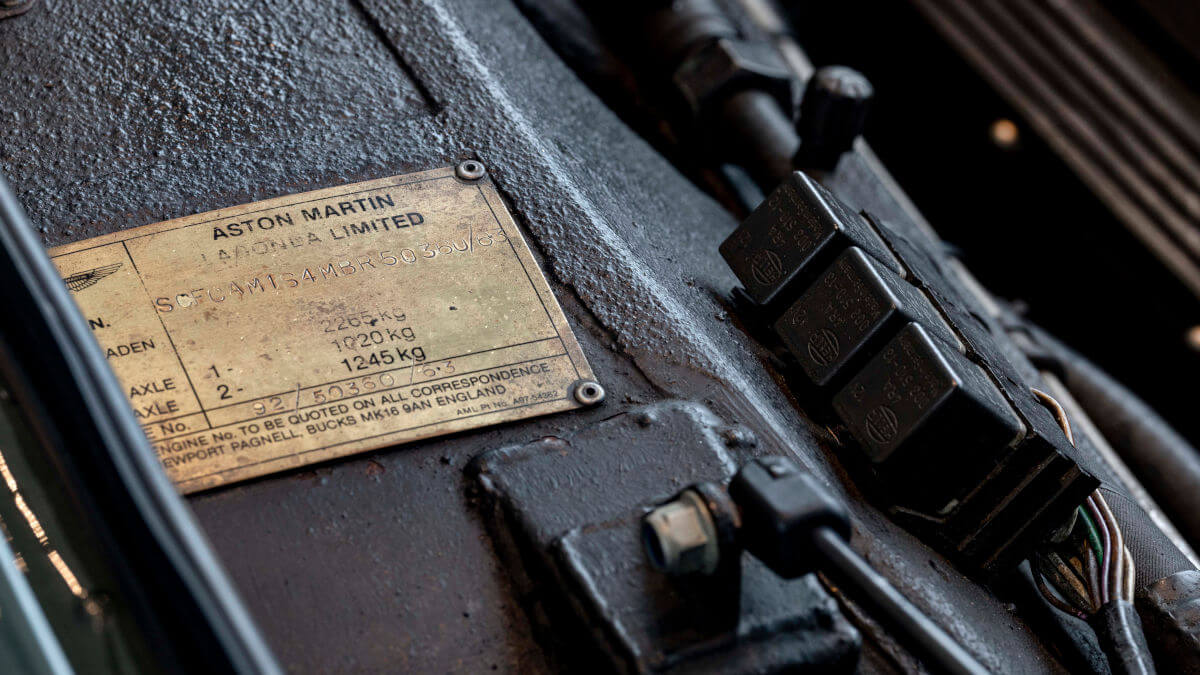

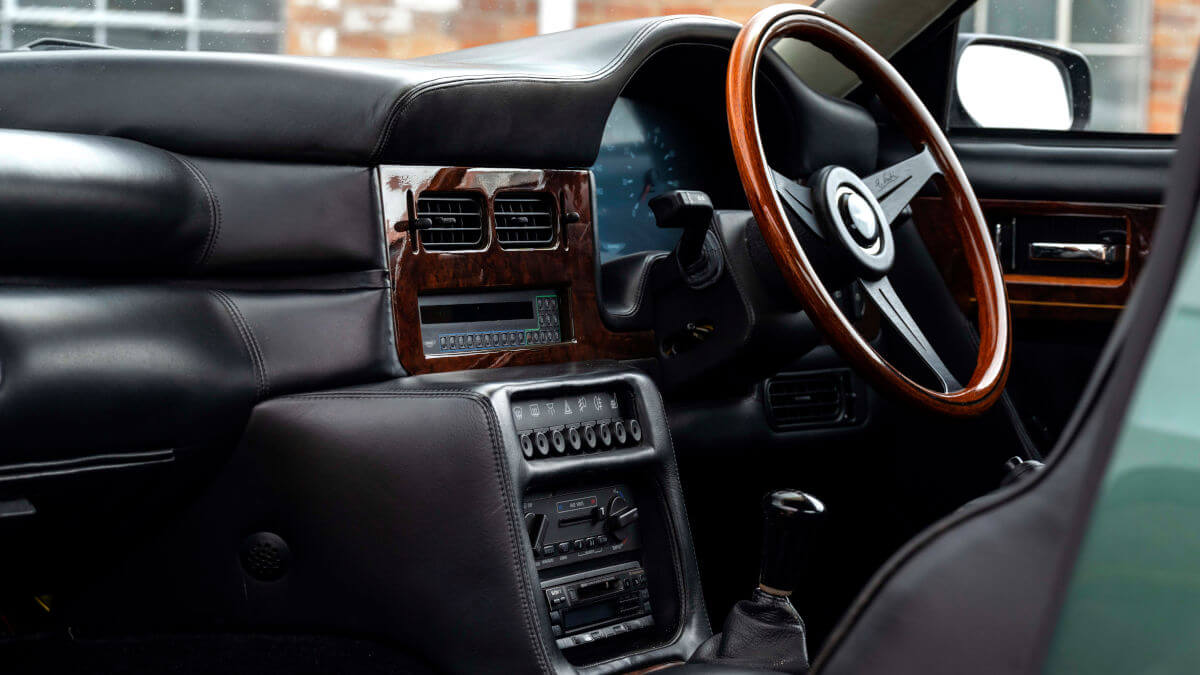

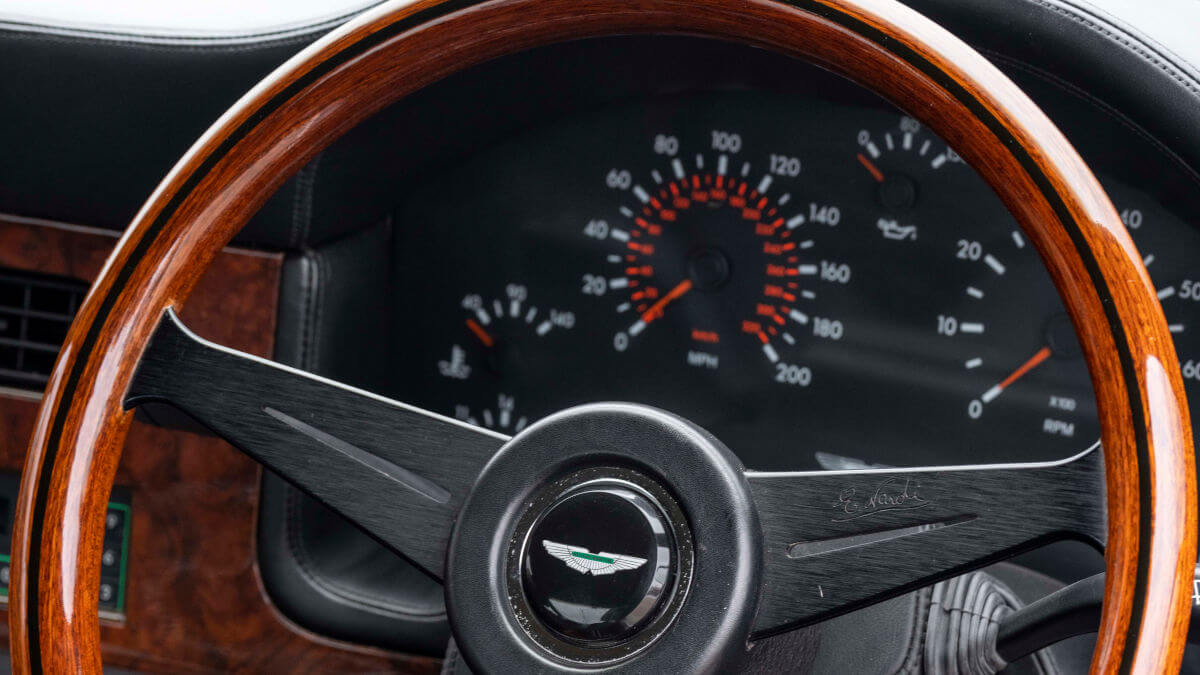



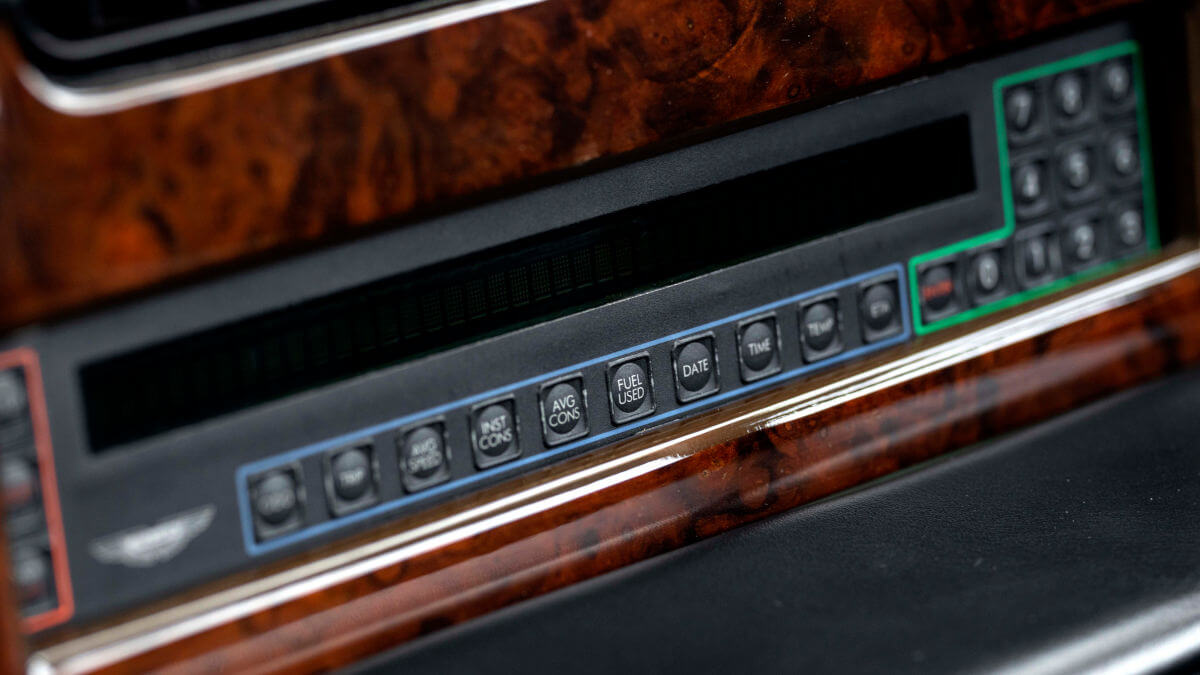

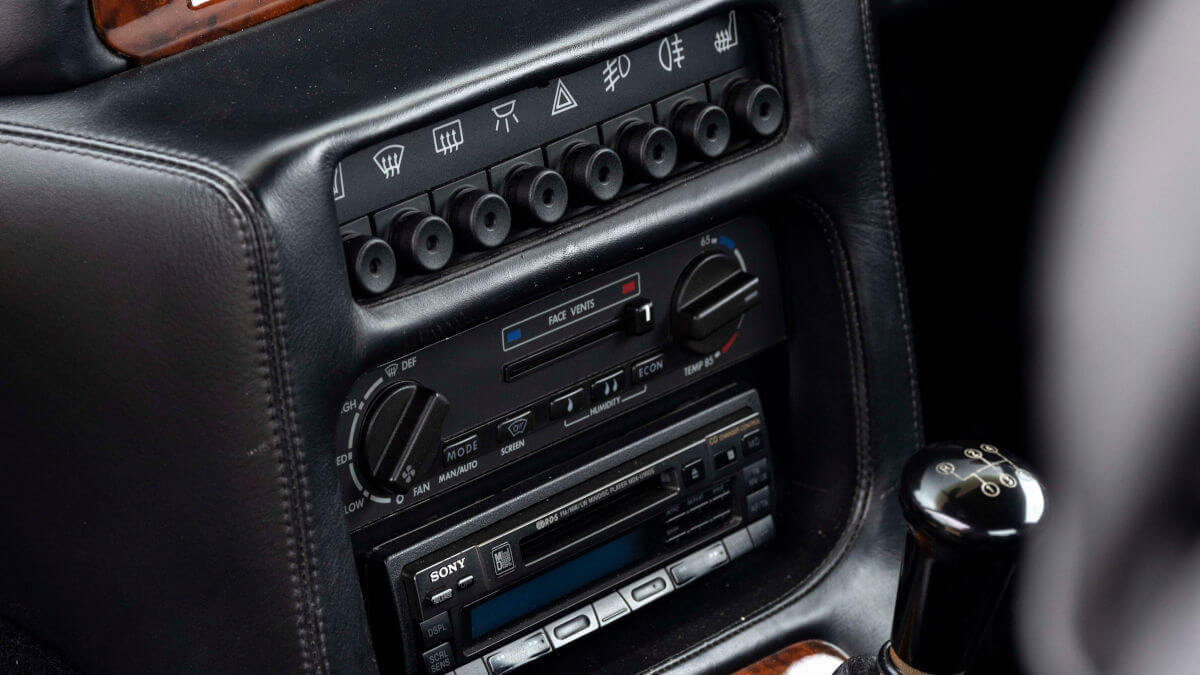

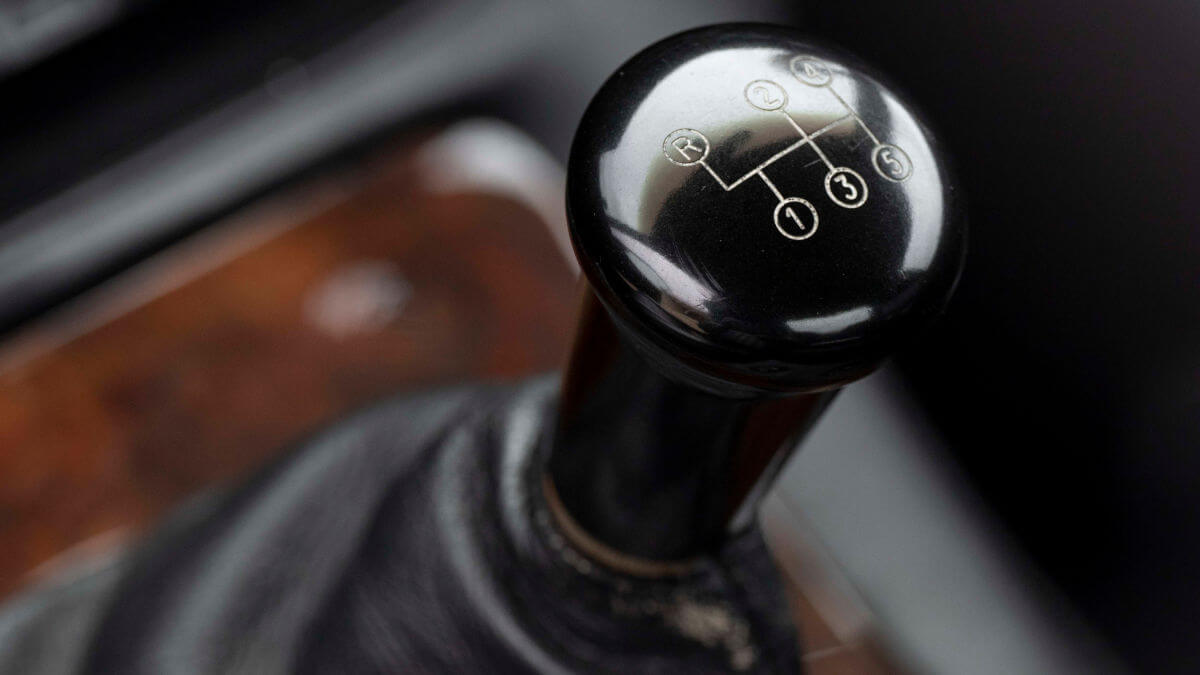

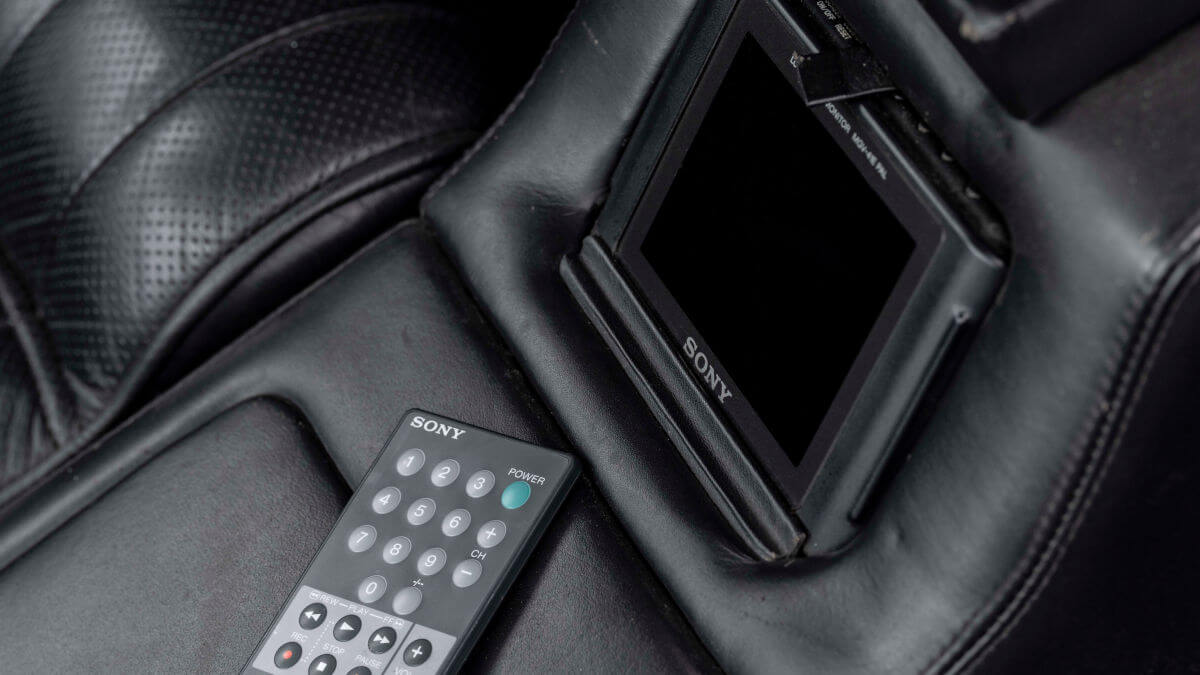

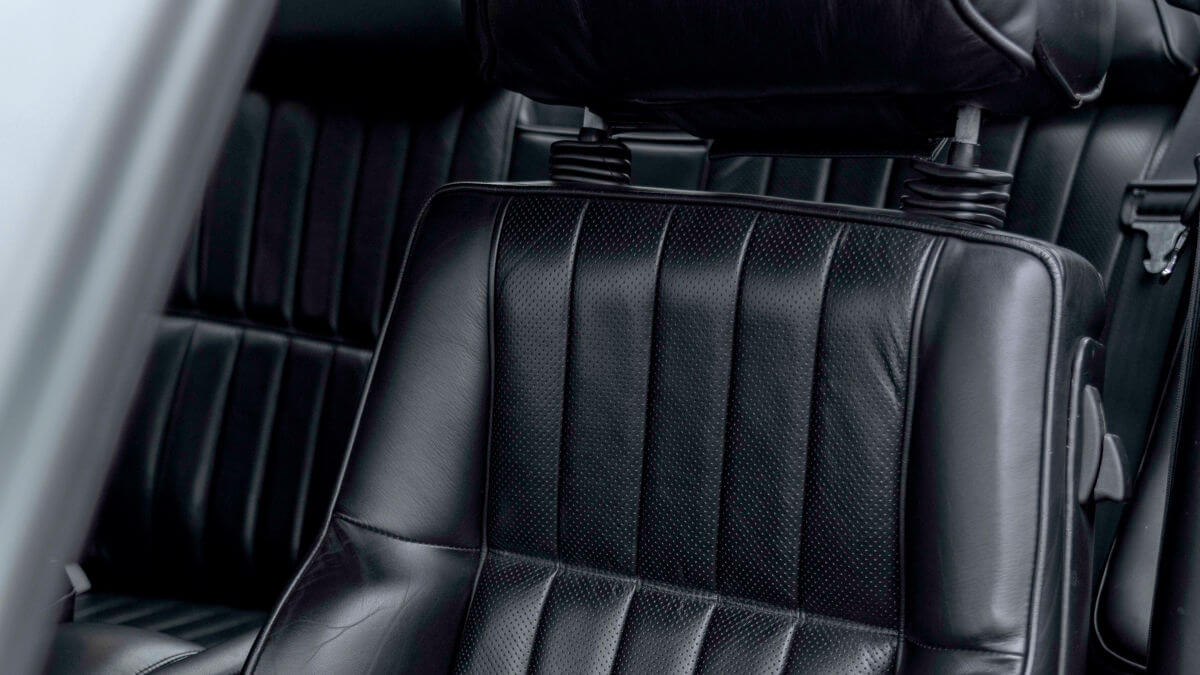

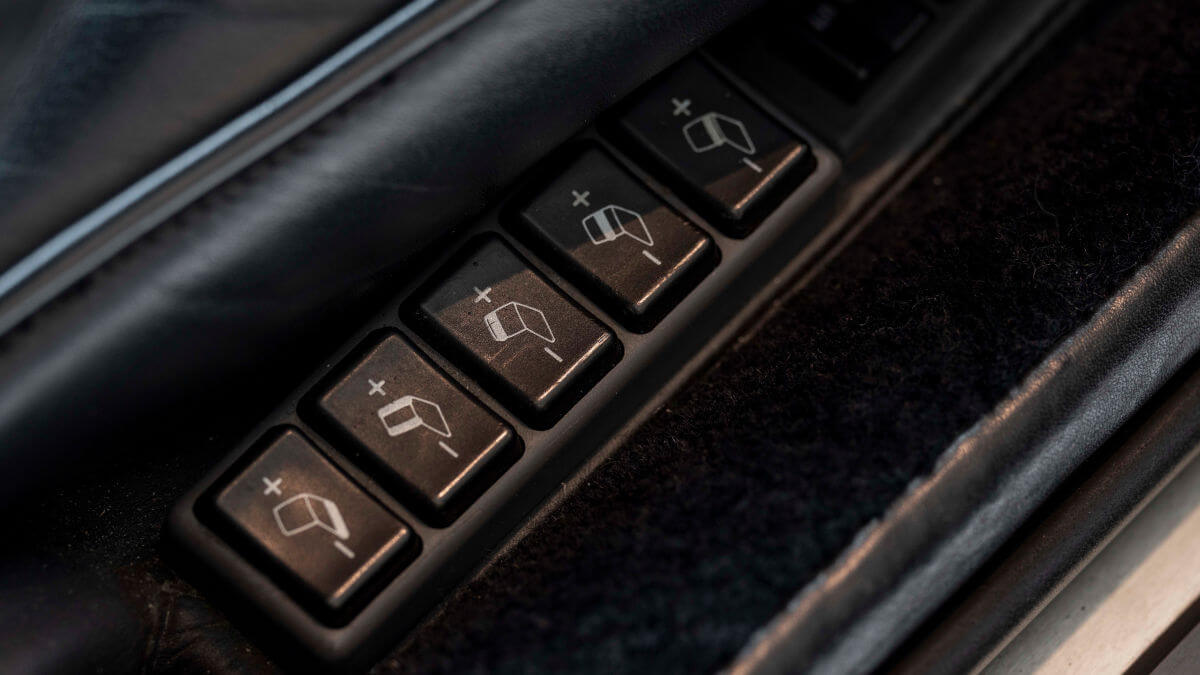

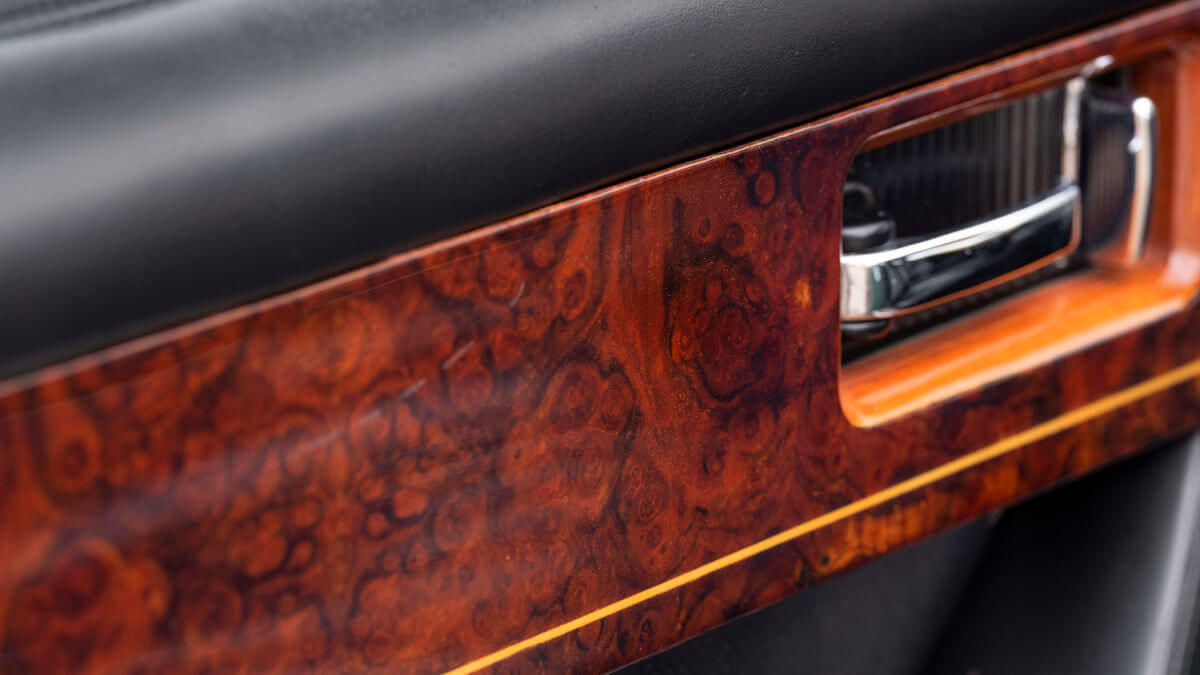

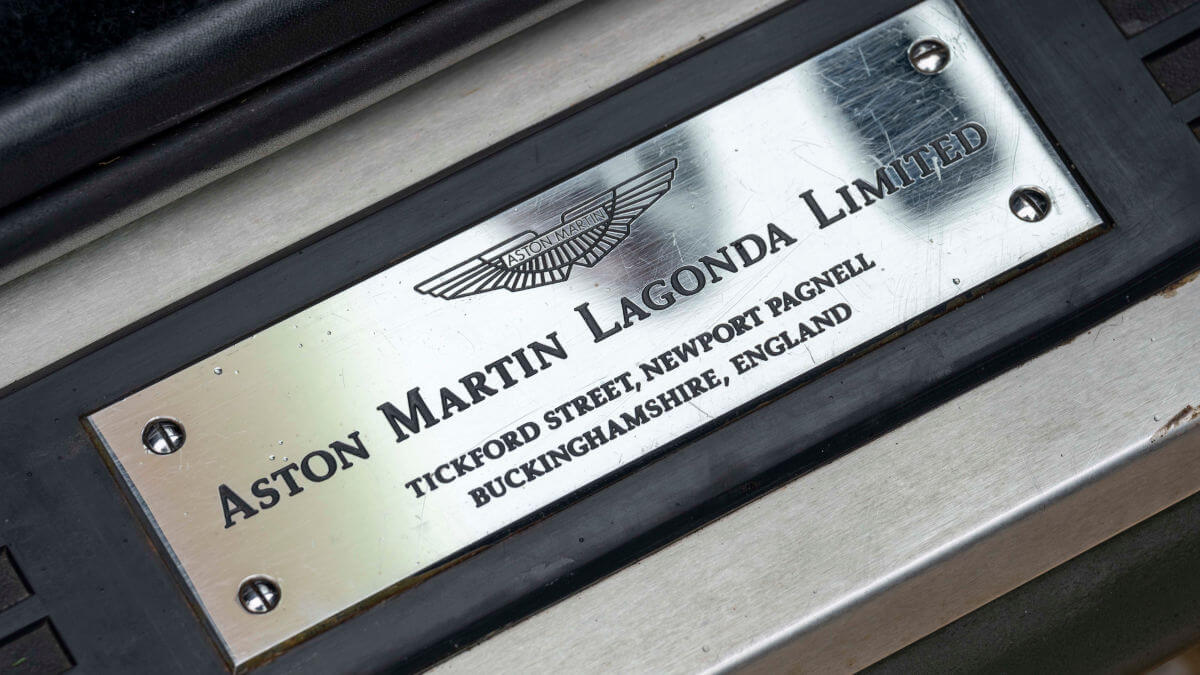

Various technical extras
In addition to the wheels, which were enlarged to 18 inches, the Vantage received further modifications to the bodywork. First, the wheel-tire combination required wider wheel arches and thus fender flares. These were made by hand from aluminium. The sill panels and the skirts were then adapted to the extensions. There was also a rear spoiler on the trunk lid. Inside, in addition to the standard Connolly leather upholstery, there were optional high-end technology toys at the height of the time. For example, owners could order minidisc players or a television. Without such extras, the price of the engine conversion was £ 60,000, while the base Virage already cost £ 140,000. The exact number of converted cars is unknown even to Aston Martin Works. Depending on the source, there were probably between 60 and 80 examples, some of which were also delivered as Volante (convertible), sedan or station wagon.
Images: Aston Martin Works, Max Earey



